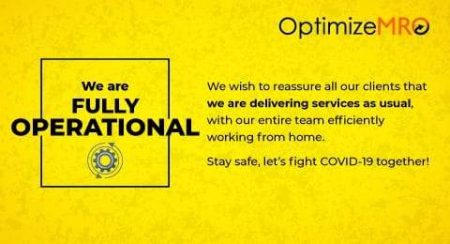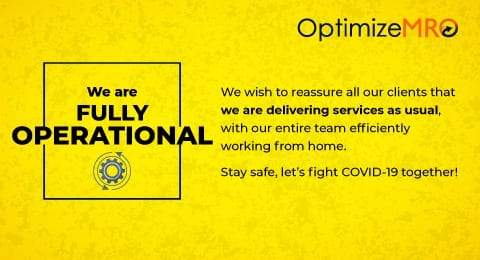
We help organizations with tailormade supply chain solutions, covering various aspects such as Inventory Optimization, Supply Risk Mitigation, Procurement Cost Reduction, Spend Analytics and many more. Our solutions deliver strategy for sustainable business environments and better ROI. Talk to our Supply Chain Specialists today!


